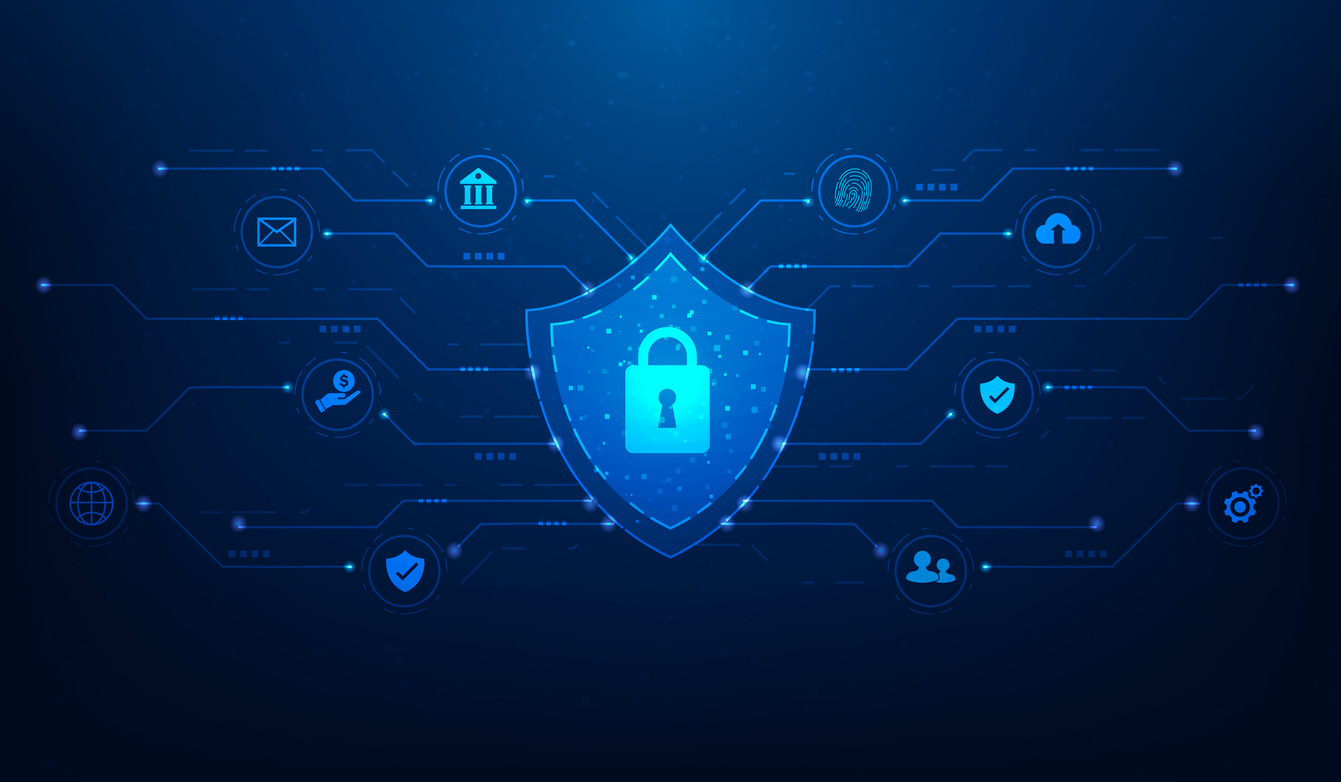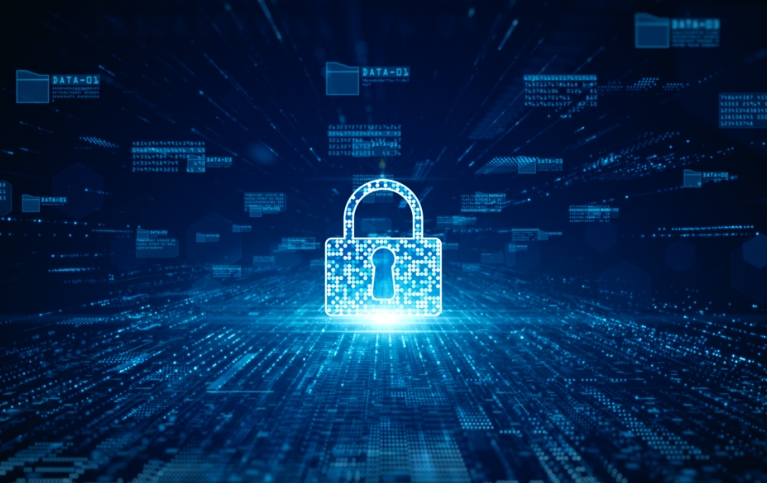Fiber Network Security: Essential Tools to Safeguard Your Network’s Integrity
Fiber Network Security: Essential Tools to Safeguard Your Network’s Integrity
Blog Article
Just How Information and Network Protection Safeguards Against Emerging Cyber Risks
In a period marked by the quick development of cyber risks, the relevance of information and network protection has never ever been more obvious. As these hazards end up being extra intricate, comprehending the interaction in between data security and network defenses is vital for reducing threats.
Understanding Cyber Dangers

The ever-evolving nature of modern technology continuously introduces new vulnerabilities, making it critical for stakeholders to remain alert. People might unwittingly succumb to social engineering strategies, where attackers manipulate them into revealing sensitive info. Organizations face unique obstacles, as cybercriminals typically target them to exploit valuable data or interrupt procedures.
Furthermore, the rise of the Net of Points (IoT) has actually broadened the attack surface area, as interconnected tools can work as entrance points for enemies. Recognizing the relevance of durable cybersecurity techniques is vital for minimizing these risks. By cultivating a comprehensive understanding of cyber individuals, organizations and hazards can carry out effective strategies to safeguard their electronic properties, making certain resilience in the face of a progressively complex risk landscape.
Key Elements of Information Safety
Ensuring data safety and security requires a diverse method that includes different crucial elements. One essential aspect is data security, which changes delicate details right into an unreadable format, accessible only to accredited individuals with the ideal decryption keys. This works as a critical line of protection against unapproved accessibility.
An additional essential element is gain access to control, which regulates that can see or adjust information. By carrying out stringent user verification procedures and role-based access controls, companies can lessen the risk of expert dangers and data violations.

In addition, data concealing strategies can be used to safeguard sensitive info while still enabling its usage in non-production atmospheres, such as screening and development. fft perimeter intrusion solutions.
Network Protection Approaches
Implementing robust network safety and security techniques is vital for securing a company's electronic facilities. These techniques include a multi-layered approach that includes both software and hardware solutions created to safeguard the honesty, confidentiality, and accessibility of data.
One important part of network safety and security is the implementation of firewall programs, which serve as an obstacle in between relied on inner networks and untrusted external networks. Firewall programs can be hardware-based, software-based, or a combination of both, and they aid filter incoming and outward bound web traffic based upon predefined security rules.
In addition, invasion discovery and prevention systems (IDPS) play a crucial function in keeping track of network traffic for questionable activities. These systems can signal administrators to potential violations and act to alleviate dangers in real-time. Routinely updating and covering software is additionally vital, as susceptabilities can be manipulated by cybercriminals.
Additionally, carrying out Virtual Private Networks (VPNs) makes sure protected remote gain access to, encrypting information sent over public networks. Segmenting networks can minimize the assault surface area and consist of prospective breaches, restricting their influence on the overall facilities. By embracing these techniques, organizations can effectively fortify their networks versus arising cyber risks.
Ideal Practices for Organizations
Developing best techniques for companies is essential in maintaining a strong safety stance. A thorough approach to data and network safety and security starts with regular danger analyses to identify susceptabilities and potential threats. Organizations needs to carry out durable gain access to controls, making sure that only authorized employees can access sensitive data and systems. Multi-factor authentication (MFA) must be a typical demand to boost safety and security layers.
In addition, continuous staff member training and understanding programs are important. Staff members should be educated on identifying phishing efforts, social engineering methods, and the importance of sticking to safety and security procedures. Normal updates and patch monitoring for software and systems are likewise important to protect versus recognized susceptabilities.
Organizations need to establish and check event response prepares to make sure readiness for prospective breaches. This includes developing clear communication networks and roles throughout a security occurrence. Additionally, information security need to be employed both at remainder and in transportation to secure delicate information.
Finally, performing routine audits and compliance checks will certainly assist ensure adherence to pertinent guidelines and established policies - fft perimeter intrusion solutions. By adhering to these best practices, companies can substantially enhance their strength versus emerging cyber dangers and safeguard their important properties
Future Trends in Cybersecurity
As companies navigate an increasingly complex electronic landscape, the future of cybersecurity is poised to evolve significantly, driven by moving and emerging modern technologies hazard paradigms. One prominent trend is the assimilation of synthetic knowledge (AI) and artificial intelligence (ML) right into safety and security structures, permitting for real-time danger detection and feedback automation. These modern technologies can analyze large quantities of information to recognize anomalies and possible breaches more effectively than traditional methods.
One more vital trend is the increase of zero-trust architecture, which calls for continual verification of user identities and gadget safety and security, no matter their area. This approach lessens the danger of expert risks and enhances defense versus outside assaults.
Furthermore, the raising adoption of cloud solutions requires durable cloud safety methods that address special susceptabilities connected with cloud settings. As remote work comes to be a permanent fixture, safeguarding endpoints will certainly likewise become paramount, causing a raised emphasis on endpoint discovery and response (EDR) remedies.
Finally, governing compliance will certainly continue to shape cybersecurity techniques, pressing organizations to adopt extra strict information defense procedures. Accepting these trends will be crucial for organizations to fortify their defenses and navigate the advancing landscape of cyber risks properly.
Verdict
In final thought, the implementation of durable information and network security actions is essential for companies to guard versus arising cyber hazards. By using security, access control, and reliable network safety techniques, companies can dramatically minimize susceptabilities and secure sensitive info.
In an era noted by the quick development of cyber hazards, the value of information and network safety and security has actually never been extra noticable. As these hazards become a lot more intricate, comprehending the interaction between data safety and security and network defenses is necessary for alleviating risks. Cyber dangers incorporate a wide range of malicious tasks intended at endangering the discretion, integrity, and availability of information and networks. A comprehensive approach to information and network security starts with normal risk analyses to recognize vulnerabilities and potential risks.In final thought, the application of durable information and network safety and security actions is essential for companies fft pipeline protection to secure against arising cyber threats.
Report this page